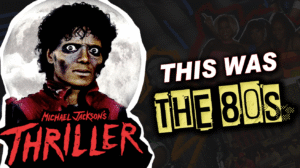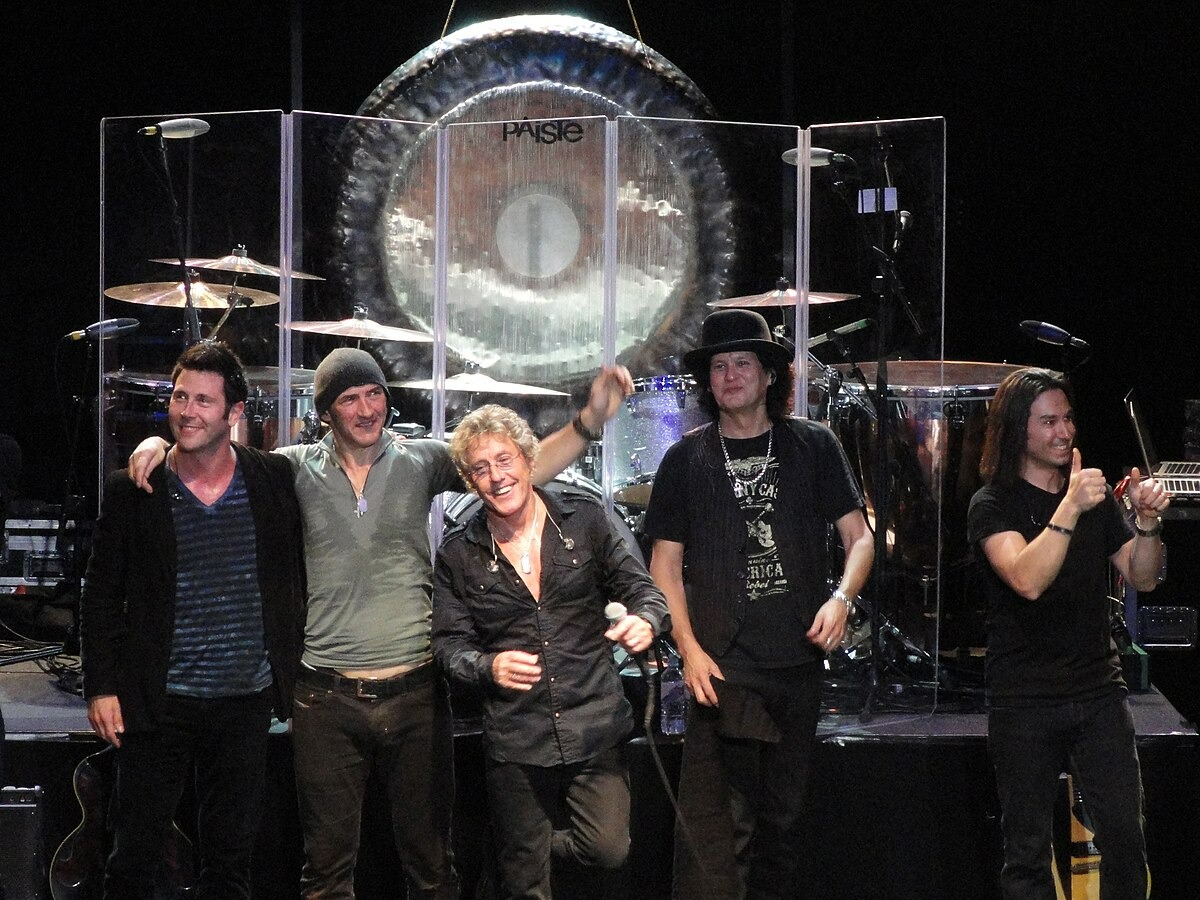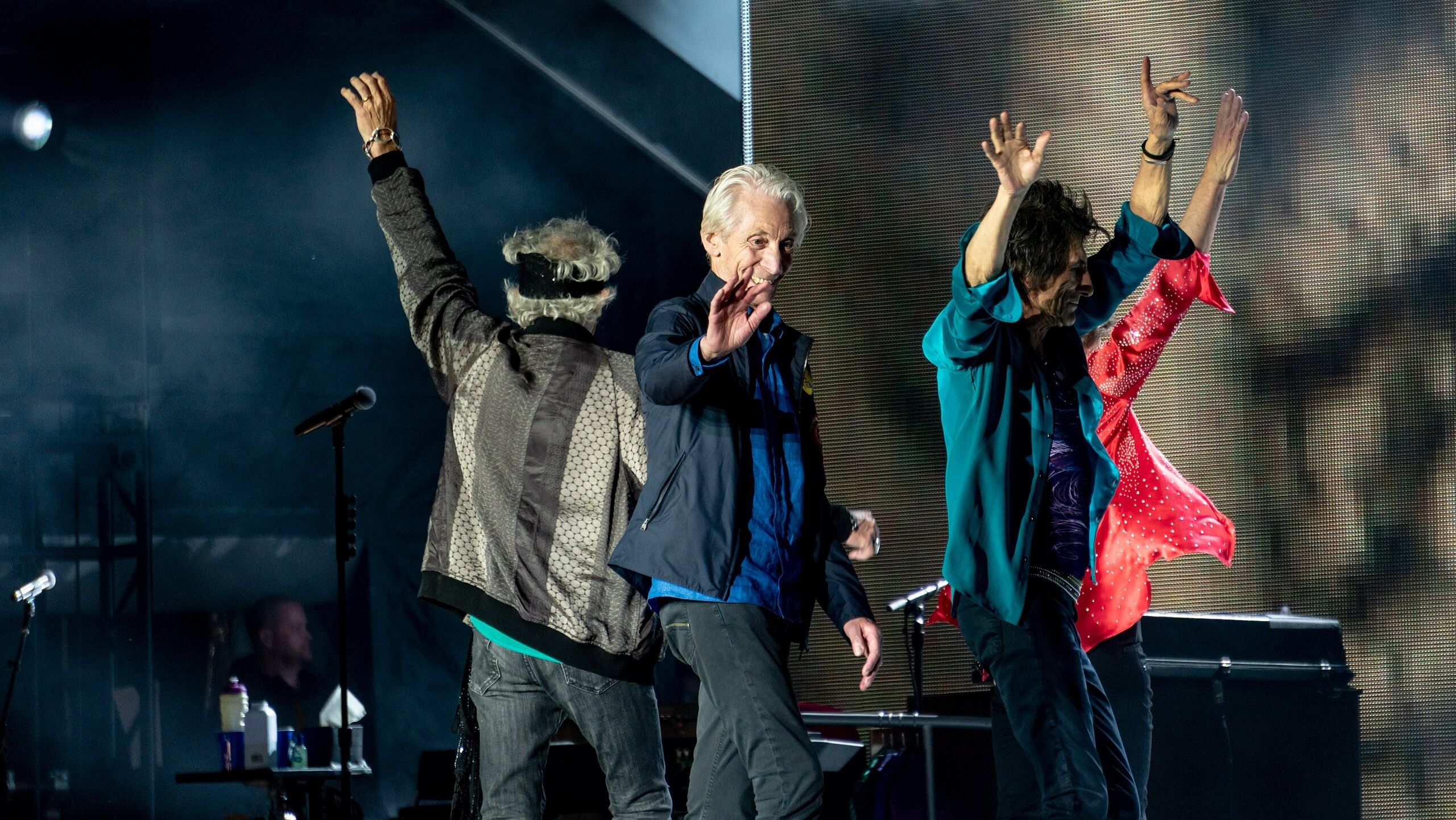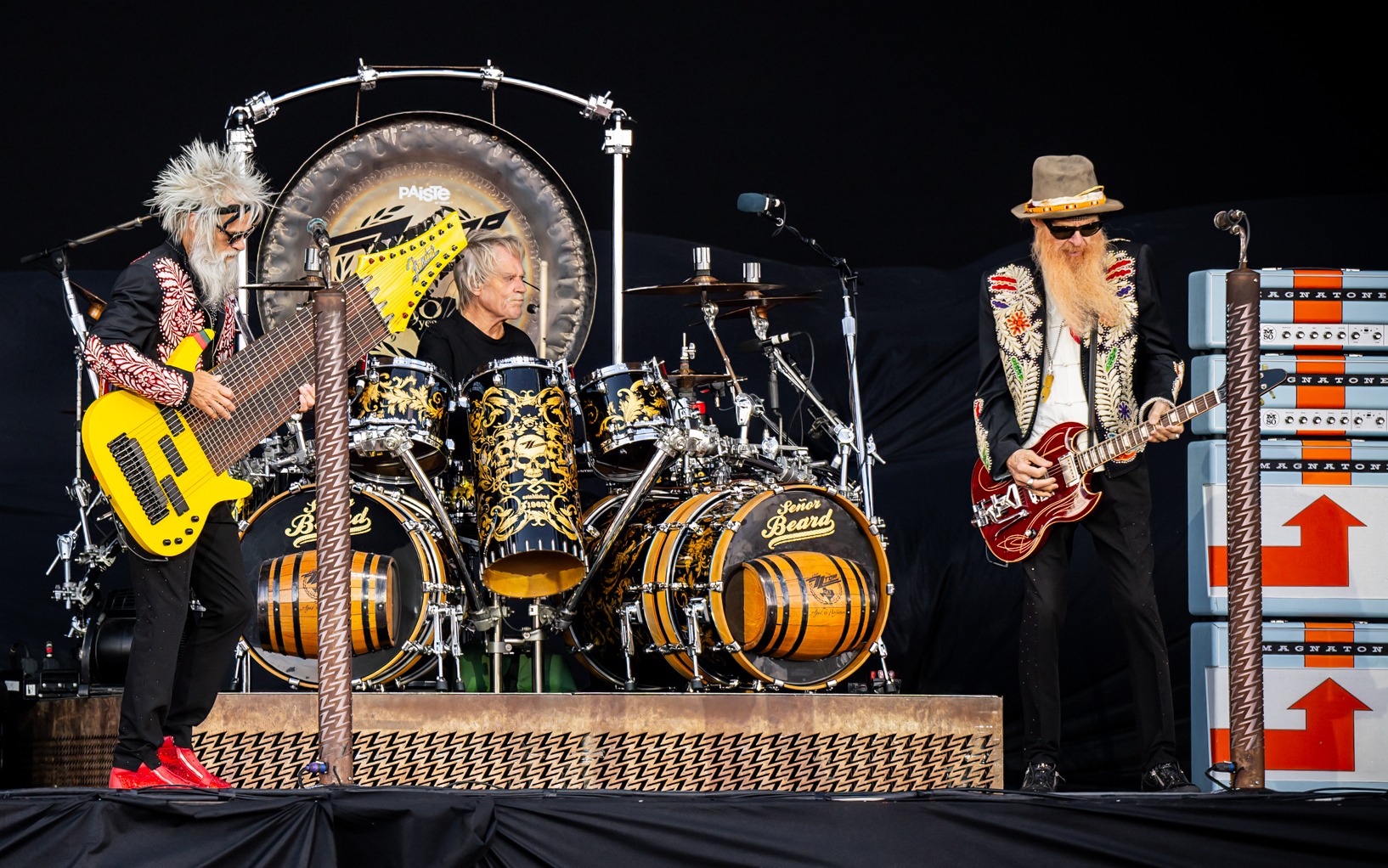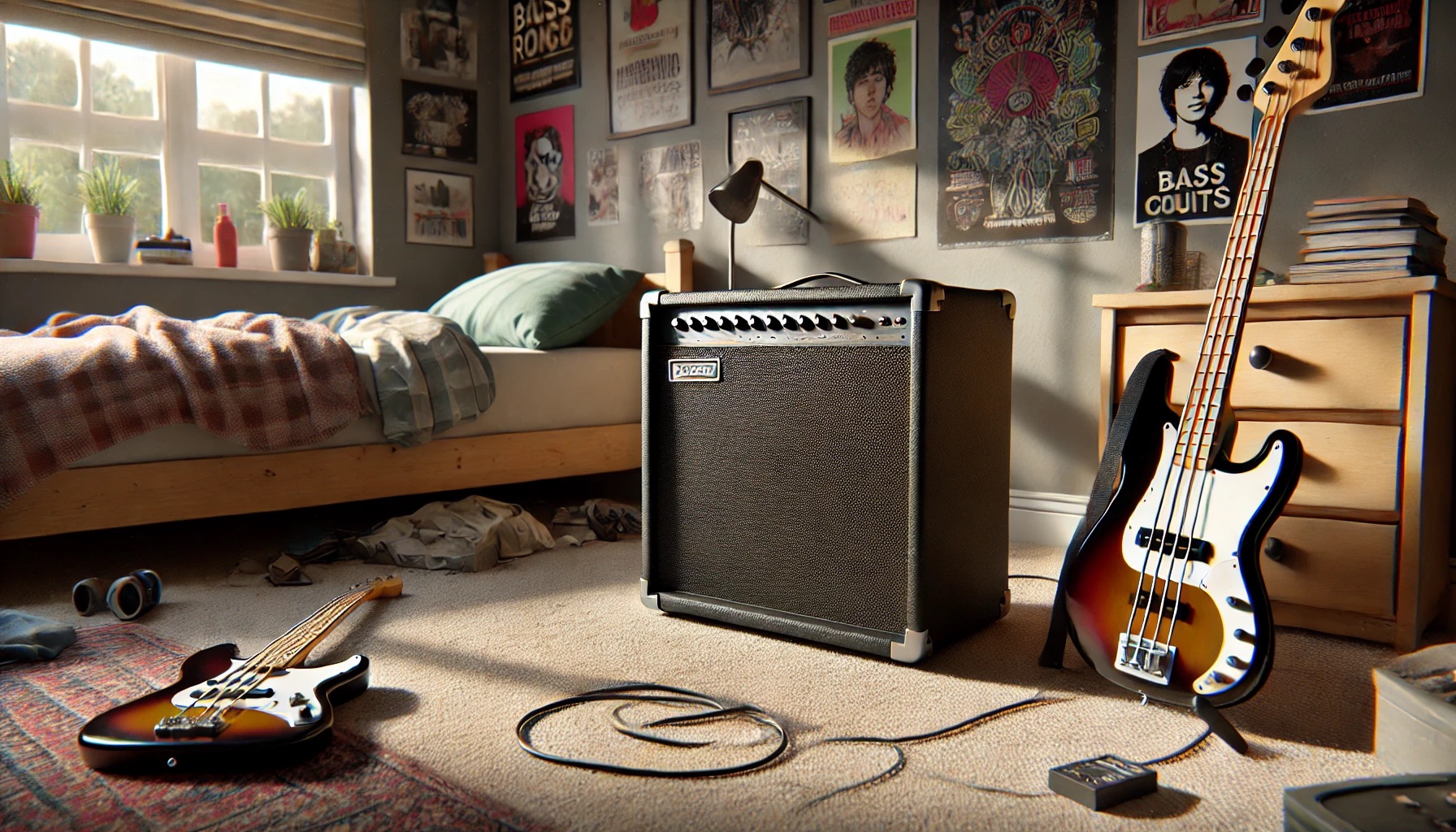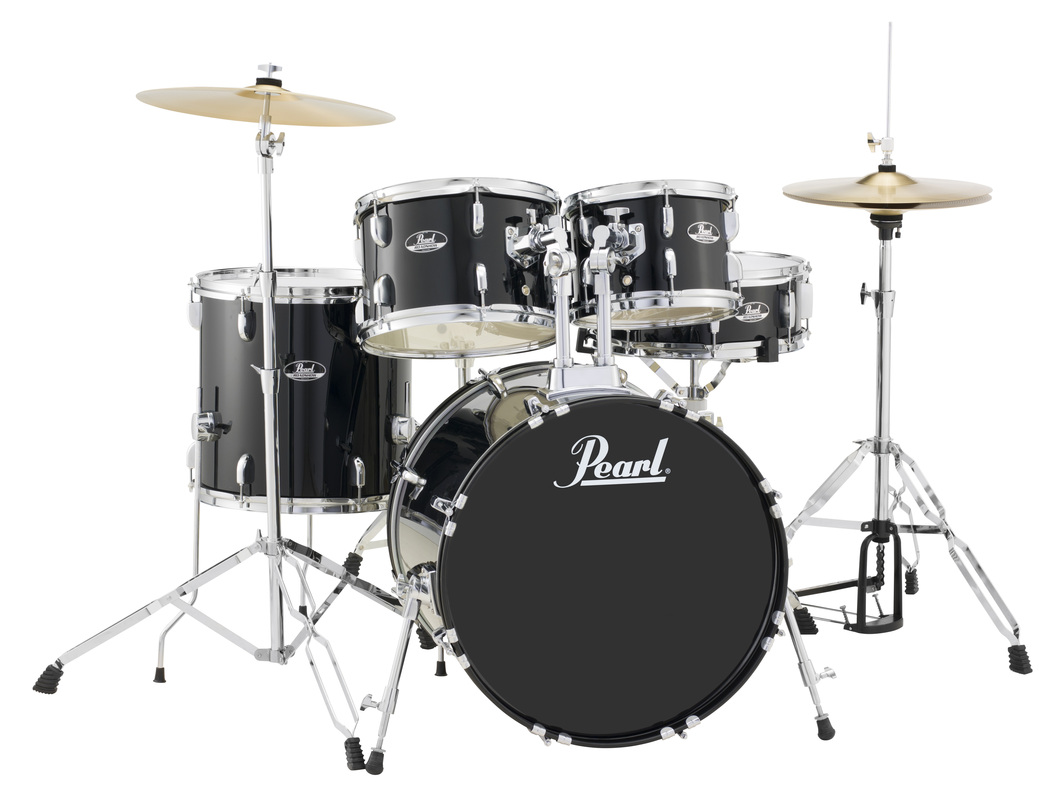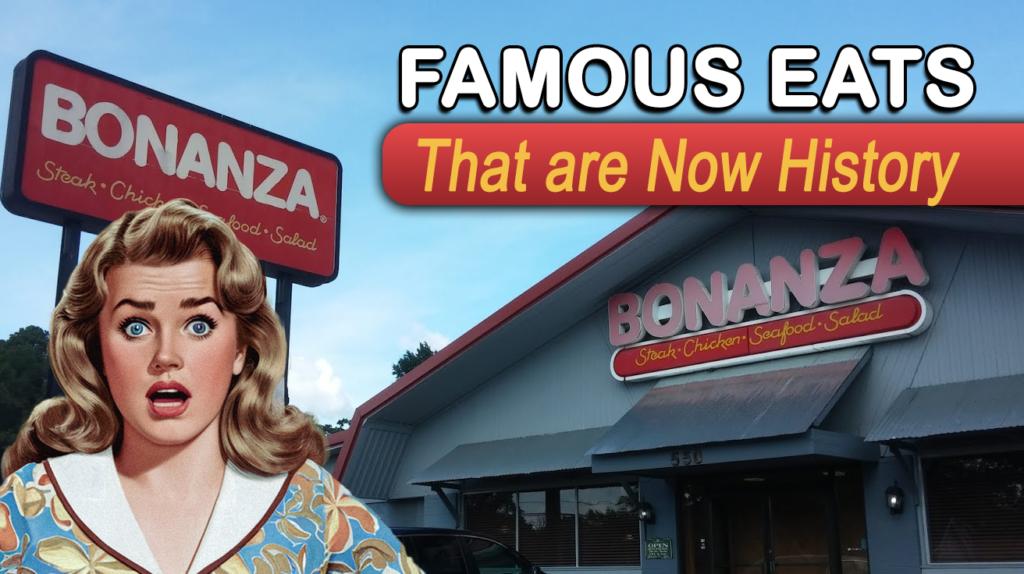
From the neon-lit drive-ins of the 1950s to the full-service family restaurants of the 1970s, these restaurants were frequented by everyone – families, drifters, performers, and musicians. In fact, for many musicians and artists, these spaces doubled as gathering spots. Cheap, good food makes everything easier, after all.
Each restaurant tells a story of ingenuity – and most also tell a follow-up story about decline. From the invention of the double-decker hamburger at Bob’s Big Boy to Burger Chef’s pioneering kids’ meals to the slow decline and eventual absorption of Carrol’s. As many of these once-famous establishments fade from view, their influence remains – and we’re looking back on 20 of the best.
20. Bob’s Big Boy
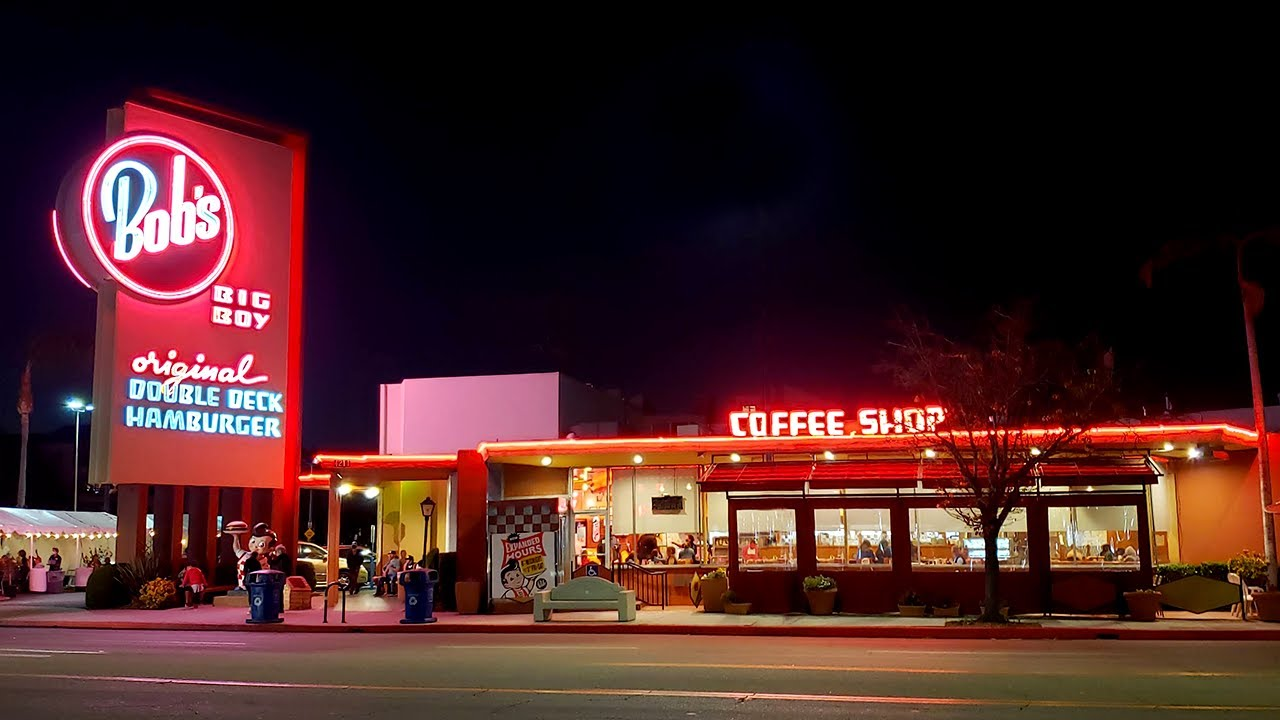
Step back to 1936 to the iconic Bob’s Big Boy in Glendale, California, where the double-decker hamburger made its debut. Imagine families in their finest attire arriving in polished Cadillacs and Chevrolets, ready to enjoy a meal under the glow of neon lights. The restaurant buzzed with energy, filled with the sounds of laughter, music, and sizzling burgers. Waitresses who remembered your favorite order navigated through tables as the jukebox played hit tunes, contributing to the vibrant atmosphere.
Central to this scene was the beloved Big Boy statue, welcoming everyone to this culinary haven. Bob’s Big Boy was a cultural touchstone, creating lasting memories with every burger and milkshake. Despite the changing fast food scene leading to closures in the late 1990s, a few locations remain, preserving the nostalgia and inviting new generations to partake in its storied legacy.
19. Burger Chef
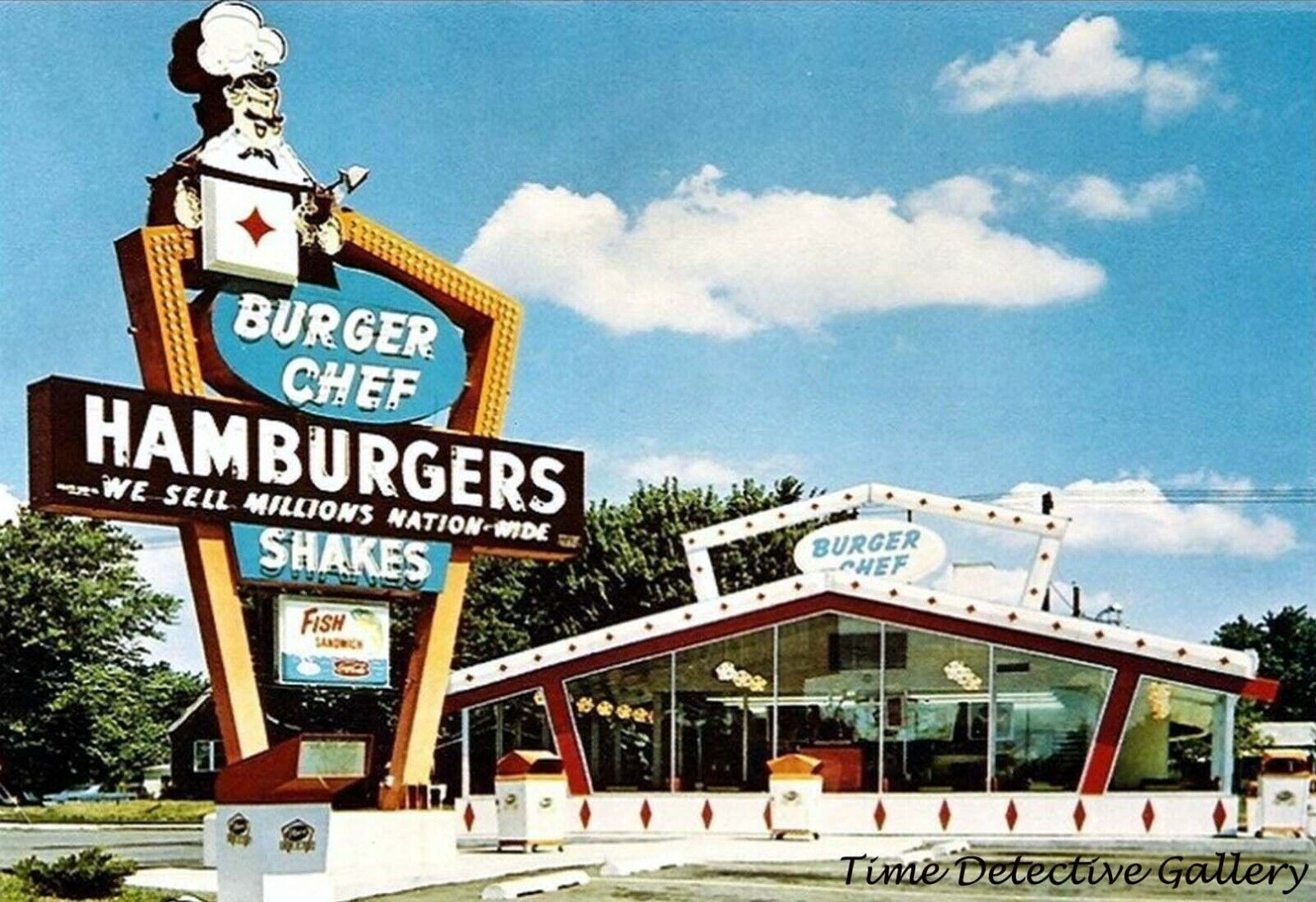
Zoom into the 1950s when Burger Chef burst onto the scene in Indianapolis, quickly becoming a household name. It was the era of rock and roll, and Burger Chef was the place to be, introducing the concept of a kids meal and a self-service topping bar—innovations that were ahead of their time. The aroma of grilled burgers filled the air as families gathered in the brightly lit dining area adorned with colorful decor that mirrored the optimism of the era.
Kids with eyes wide in anticipation would marvel at the magic of creating their perfect burger, piling on toppings from the self-service bar. It was a place of joy and innovation where every meal felt like an adventure. However, as the fast food market grew crowded, Burger Chef struggled to keep up, and by 1982, it was absorbed by Hardee’s, leaving behind fond memories of family meals and groundbreaking fast food firsts.
18. White Tower
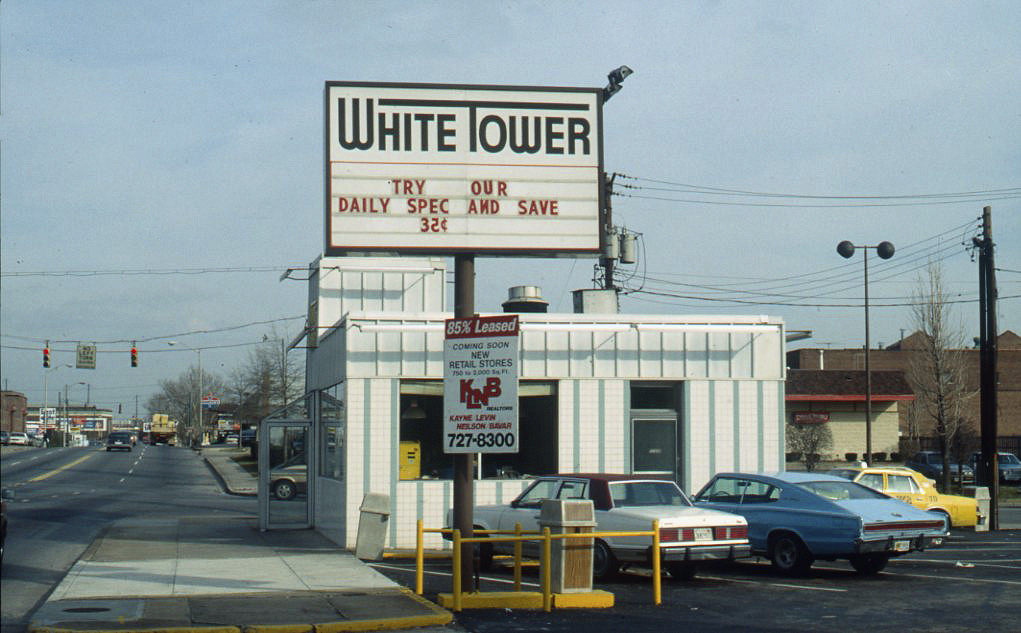
Step into the 1920s where White Tower hamburgers emerged as a shining beacon for fast food aficionados, mimicking the success of White Castle. White Tower offered small square hamburgers that became a hit, especially in the Midwest and Northeast. The restaurants, with their gleaming white exteriors and Art Deco design, stood out like jewels in the urban landscape.
Inside, customers were greeted by the comforting smell of coffee and the sound of sizzling burgers—a welcome respite from the bustling city streets. It was a place where workers on their lunch break and families out for a treat could enjoy a quick, tasty meal without breaking the bank. Yet, as the decades passed, White Tower’s reign came to an end, with most locations disappearing by the late 1980s due to legal battles and urban development changes, marking the end of an era for the beloved chain.
17. Arthur Treacher’s
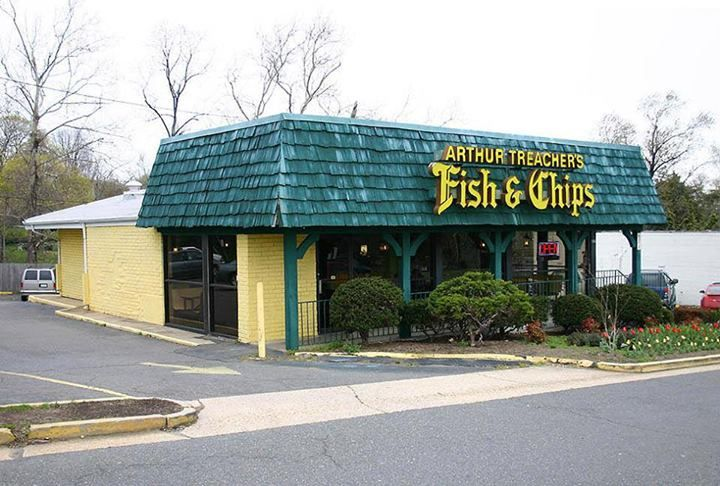
Picture the late 1960s when Arthur Treacher’s Fish and Chips brought a taste of Britain to American shores. It was a time of exploration and culinary adventure, and Arthur Treacher’s, with its delicious fried fish and chips, quickly became a beloved chain. The cozy interiors, reminiscent of a British pub, offered a warm welcome to families looking for a dining experience that was both familiar and exotic.
The crackle of fish frying in the batter, the tangy scent of malt vinegar, and the hearty laughter of diners created an atmosphere that was both comforting and lively. At its peak, the aroma of malt vinegar on hot crispy fish filled hundreds of locations across the country. However, as dietary trends shifted, Arthur Treacher’s struggled to keep up, and by the 1990s, only a handful of locations remained, serving as nostalgic reminders of its once-great empire.
16. Ground Round
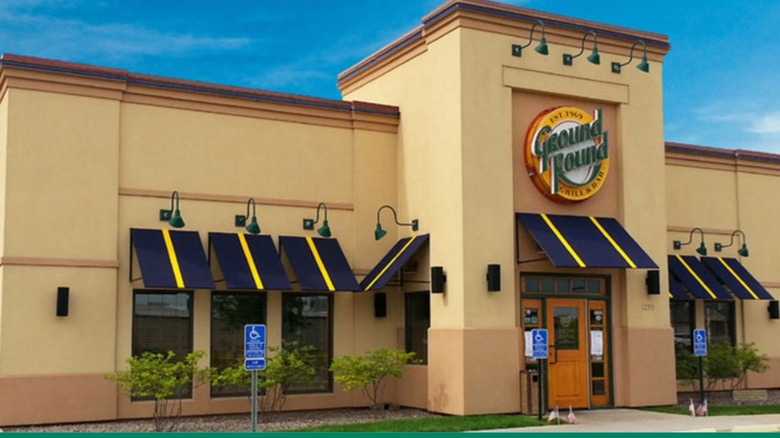
Remember the joy of dining at Ground Round, where the late 1960s brought a unique dining experience? It was a place where families could unwind as kids marveled at the novelty of paying for their meals by weight—a concept that delighted and entertained. The interiors, filled with rustic charm and a friendly ambiance, invited diners to relax and enjoy the sound of popcorn popping, greeting guests at the door and setting the stage for a meal where fun was just as important as the food.
Laughter echoed through the dining room, filled with families enjoying a night out, couples on casual dates, and groups of friends gathered for a good time. However, changes in the dining industry and financial troubles led to its decline, with many locations closing by the early 2000s. Though a few strive to revive the cherished brand, the memories of Ground Round remain a sweet reminder of family dining experiences.
15. Bonanza
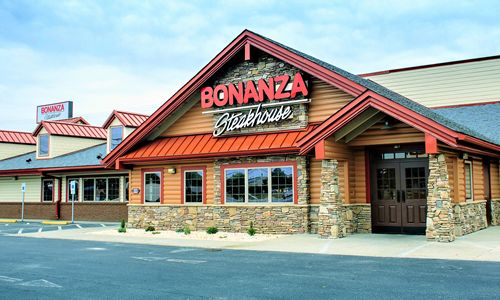
Transport back to the 1960s when Bonanza first opened its doors, offering families a place to enjoy affordable steak dinners in a cozy setting reminiscent of the Wild West. Named after the popular TV show, Bonanza evoked a sense of adventure and nostalgia, drawing in crowds with its promise of hearty meals and a warm, welcoming atmosphere. The dining experience was about more than just eating; it was about spending quality time with family and friends, sharing stories over plates of sizzling steaks and golden fries.
The decor, with its rustic wood and cowboy motifs, transported diners to a simpler time, making each meal an escape from the hustle and bustle of modern life. Yet, as the casual dining scene evolved, Bonanza found it difficult to compete, leading to its disappearance from the American landscape, with only a few locations remaining today still offering a taste of those cherished memories.
14. Biff Burger
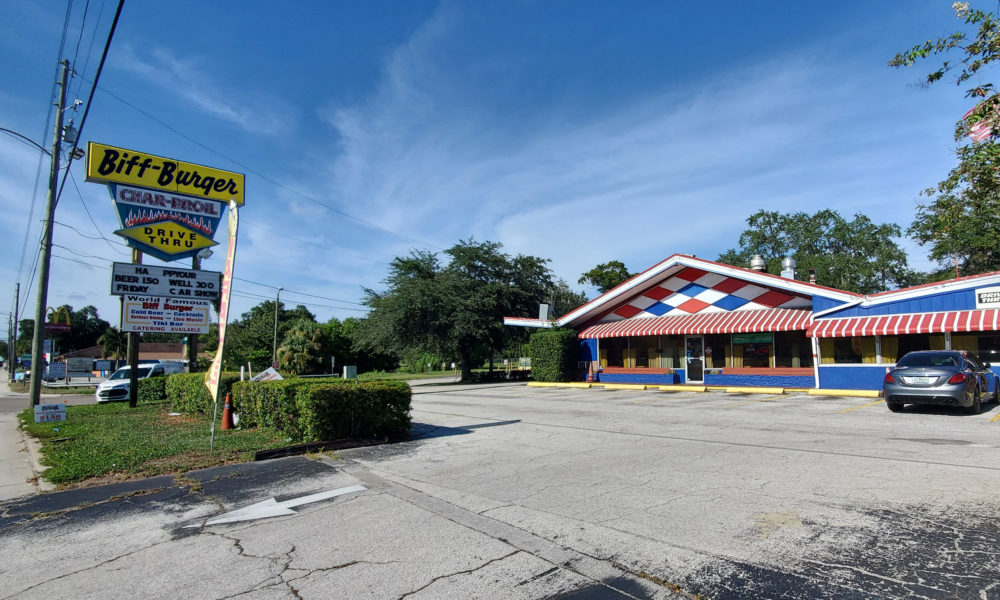
Dive into the 1950s when Biff Burger started serving its unique Roto-broiled burgers in Clearwater, Florida. Known for its innovative cooking method that sealed in flavors and juices, Biff Burger became a landmark for those seeking a quick, delicious meal. The drive-ins, with their neon signs and car hops, became social hubs where teenagers and families gathered for an evening of fun and good food.
The smell of burgers cooking on the rotating spit, the sound of laughter, and music mixing in the air created an atmosphere of joy and community. It was more than just a meal; it was an experience, a place to make memories. However, national expansion efforts in the 1970s didn’t pan out, and by the late 1980s, most Biff Burgers had closed, leaving behind a legacy of innovation and tasty burgers that are still celebrated by fast food enthusiasts today.
13. Carrols
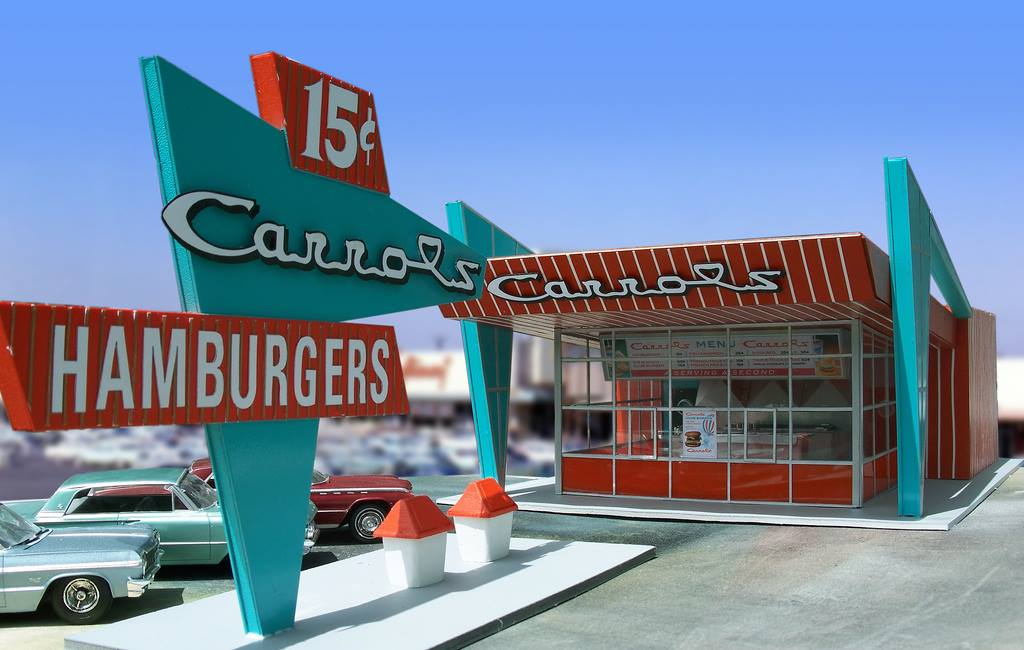
In the early 1960s, Carrols ventured into the bustling burger business, quickly becoming a favorite in the Northeast with its signature Club Burger. The bright and cheerful restaurants adorned with modern decor and offering a welcoming atmosphere were the perfect backdrop for family outings and teenage hangouts alike. Carrols was more than just a burger joint; it was a part of the community, a place where memories were made over shared meals and laughter.
The menu, featuring a variety of burgers and other fast food favorites, catered to the tastes of a generation looking for quality and convenience. Despite its regional success and expansion through the 1970s, Carrols faced stiff competition, eventually converting many locations into Burger Kings in the early 1980s, marking the end of Carrols as a standalone brand but not the end of its legacy in the hearts of those who grew up with it.
12. Naugles
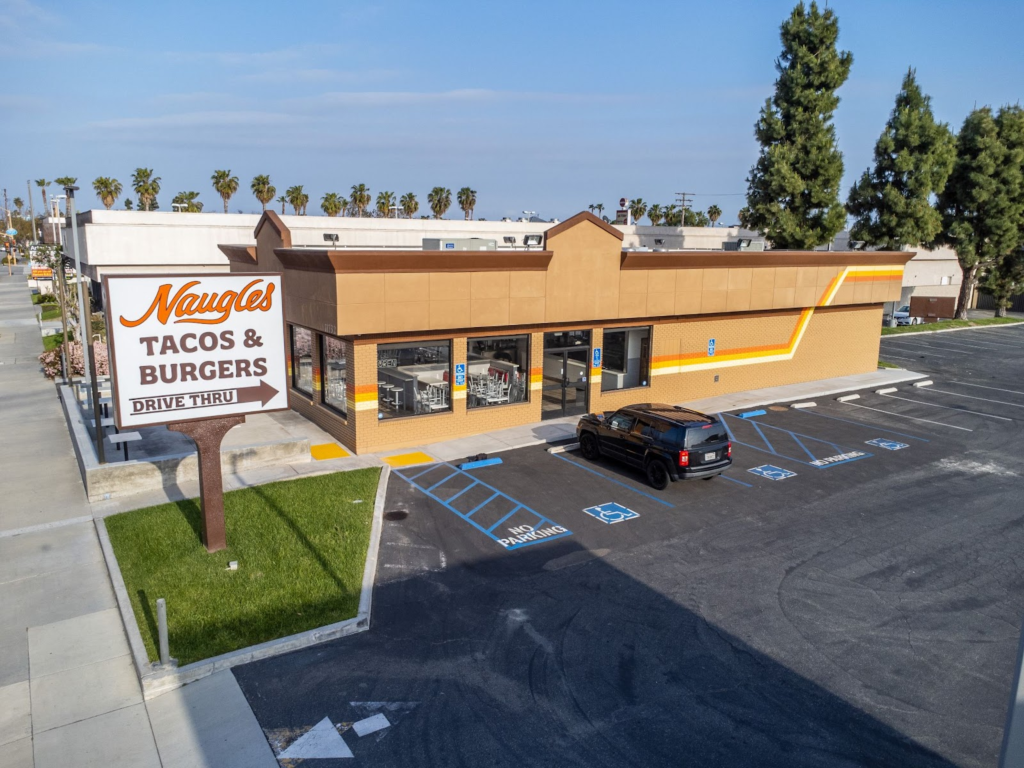
Imagine the 1970s in Southern California, where Naugles introduced its fusion of Mexican and American fast food with bold flavors and innovative offerings like the bun taco. Naugles became a hot spot for those seeking a quick, tasty meal with a twist. The restaurants, with their vibrant decor and laid-back vibe, were the perfect spots for late-night eats, attracting a loyal following of night owls and foodies.
It was a place where culinary boundaries were pushed, blending cultures in a menu that was both familiar and exciting. However, after being acquired by Del Taco in 1988, most Naugles locations were converted or closed by the mid-1990s. Though recent revival efforts have sparked interest in this beloved brand’s comeback, the flavors and fun that made Naugles a cult favorite remain a cherished memory.
11. Gino’s
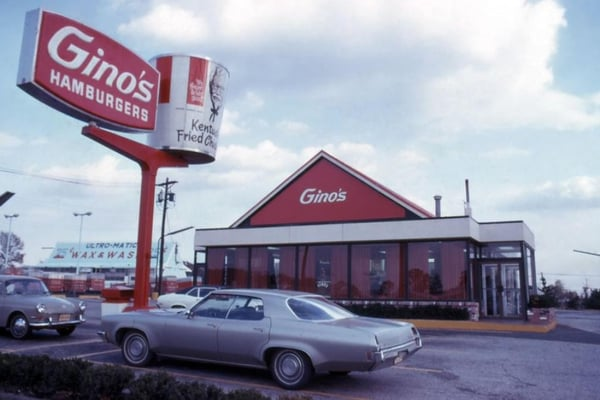
Step into 1957 when Gino’s Hamburgers was founded by Baltimore Colts’ Gino Marchetti. More than just a fast food chain, Gino’s was a community staple in the Mid-Atlantic, famous for its Gino Giant burger and a partnership with Kentucky Fried Chicken. The restaurants were gathering places where sports fans and families alike could enjoy a meal in a lively, welcoming atmosphere.
Gino’s was about more than just food; it was about community, a place where people came together to celebrate victories, share stories, and enjoy the simple pleasure of a good burger. However, after its acquisition by Marriott Corporation in 1982, many locations were converted into Roy Rogers, though Gino’s legacy endures, inspiring a modern revival of the brand—a testament to its lasting impact on the hearts and palates of those who remember it fondly.
10. Henry’s Hamburgers
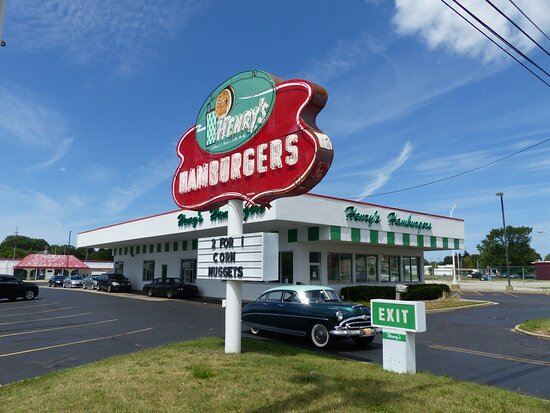
Venture back to the 1950s when Henry’s Hamburgers emerged from Bresler’s Ice Cream success, aiming to rival McDonald’s with its focus on speed and affordability. At its zenith, Henry’s became a beacon of fast, delicious meals, offering a simple menu that revolved around its signature burgers. These eateries, often modest in size, were nonetheless packed with families and workers seeking a quick bite in a friendly atmosphere.
The charm of Henry’s lay not just in its food but in its ability to serve as a community gathering spot where people from all walks of life came together over their love of hamburgers. Despite its initial success, the fierce competition of the 1970s led to its decline, with most locations closing by the late 1980s, leaving behind fond memories of quick meals and the golden age of drive-ins for those who experienced its heyday.
9. Sandy’s Drive-In
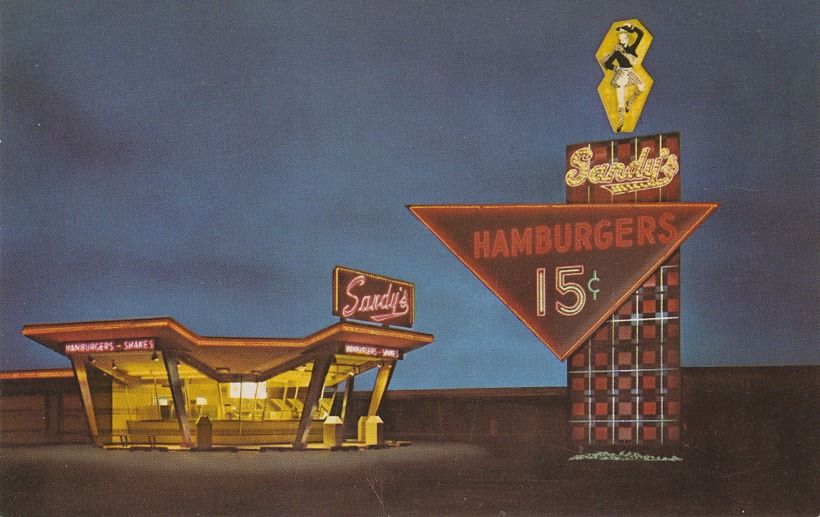
Recall the early 1950s when Sandy’s Drive-In whisked diners back to the golden age of automobiles and rock and roll with its iconic car hop service and a menu featuring classics like burgers, fries, and milkshakes. Sandy’s became synonymous with the American drive-in dining experience. These establishments were more than just places to eat; they were social hubs where teenagers and families gathered against a backdrop of shiny cars and blaring music, embodying the spirit of an era.
Sandy’s represented a time when dining out was an event, offering a mix of convenience and nostalgia that captivated the hearts of its patrons. However, as dining habits evolved and competition increased, Sandy’s began to fade from the American landscape, with most locations closing by the early 1980s. Yet, the nostalgia for drive-in dining and Sandy’s iconic service lives on, a sweet reminder of simpler times.
8. Lum’s
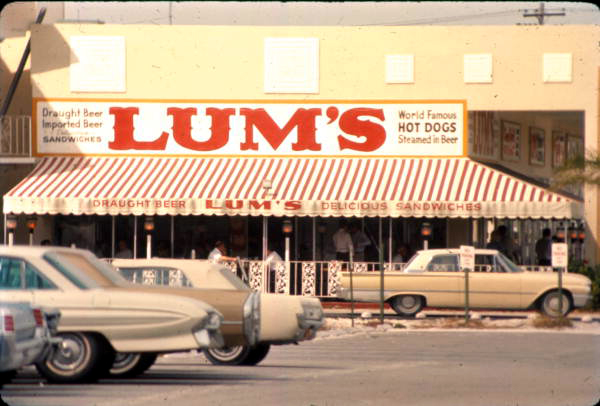
In 1956, Lum’s carved out its niche with hot dogs steamed in beer (many of which have since disappeared as well) —a novel idea that quickly gained a following. Beyond its famous hot dogs, Lum’s offered a variety of American fare in a casual sit-down setting, appealing to a broad audience. The chain’s unique atmosphere, characterized by its rustic decor and warm lighting, made it a favorite dining spot where families and friends could gather for a meal that felt both homey and adventurous.
Lum’s was a testament to the diversity of American cuisine, blending traditional cooking methods with a welcoming environment. Despite its popularity, Lum’s faced challenges from fast-casual chains, leading to its decline in the 1980s. By the 1990s, most Lum’s restaurants had closed their doors, yet they left behind memories of beer-steamed hot dogs and cozy family dinners that linger in the minds of those who experienced it.
7. Rax Roast Beef
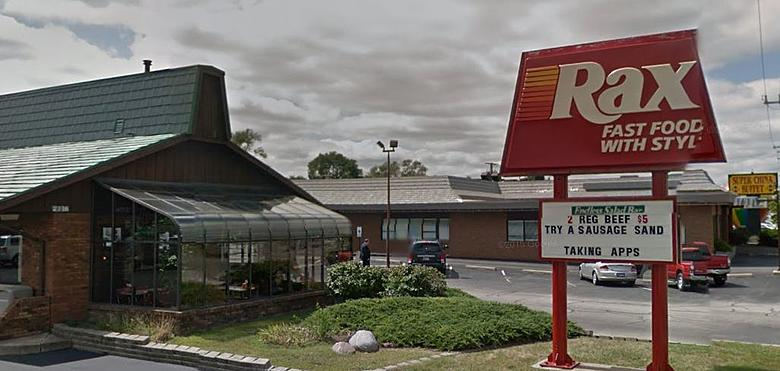
Imagine the late 1960s when Rax Roast Beef entered the scene, offering a sophisticated twist on fast food with its roast beef sandwiches. With a focus on quality and a broader menu that included salads and baked potatoes, Rax aimed to offer a more upscale fast food experience. The chain enjoyed popularity in the 1980s with its inviting decor and diverse menu, catering to a clientele looking for something beyond the typical burger fare.
Rax was a place where quick service met quality dining—a novel concept that set it apart from its competitors. However, attempts to rebrand and expand the menu in the 1990s confused customers, leading to Rax’s decline. Today, a few locations remain, a testament to the brand’s once widespread appeal and its role in diversifying the American fast food landscape.
6. Chi-Chi’s
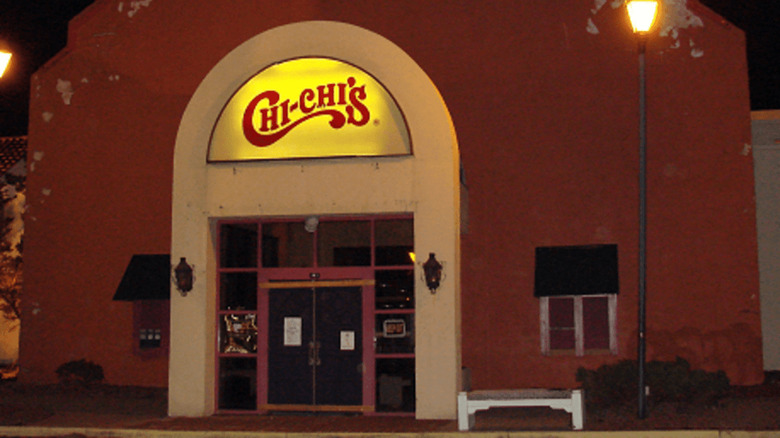
Step into the 1970s when Chi-Chi’s introduced a festive flair to the American dining scene with its Mexican-inspired dishes. The chain’s decor, featuring bright colors and Mexican motifs, along with its catchy slogan, created an atmosphere that was both inviting and exciting. Chi-Chi’s was not just a place to eat; it was a destination for celebrations, where birthdays and family gatherings were marked with chimichangas, margaritas, and an abundance of smiles.
The brand’s commitment to service and quality helped it to expand rapidly, becoming a beloved part of the American culinary landscape. However, a combination of management challenges and a tragic hepatitis A outbreak in 2003 led to the brand’s decline in the U.S. Although Chi-Chi’s restaurants closed in the United States, the brand continues to operate in Europe, still serving its signature dishes and margaritas—a testament to its enduring appeal.
5. Kenny Rogers Roasters
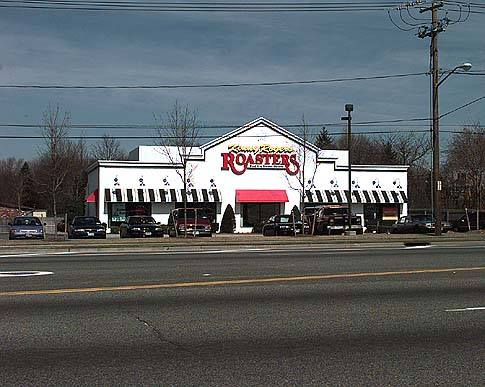
Founded in 1991 by country musician Kenny Rogers and former KFC CEO John Y. Brown Jr., Kenny Rogers Roasters brought a new twist to the fast food industry with its focus on healthy rotisserie-cooked chicken. The chain’s cozy, country-themed decor and commitment to providing healthier alternatives to fried fast food made it a popular choice among consumers seeking quality and comfort. Kenny Rogers Roasters was more than a restaurant; it was a part of the movement towards healthier eating, offering dishes that were both delicious and nutritious.
Despite a promising start and rapid expansion, the chain faced stiff competition and financial difficulties, leading to its decline in the U.S. market. However, Kenny Rogers Roasters continues to thrive in Asia, where its legacy of wholesome, flavorful chicken endures, reminding us of the chain’s impact on the fast food industry and the importance of healthy eating options.
4. Farrell’s
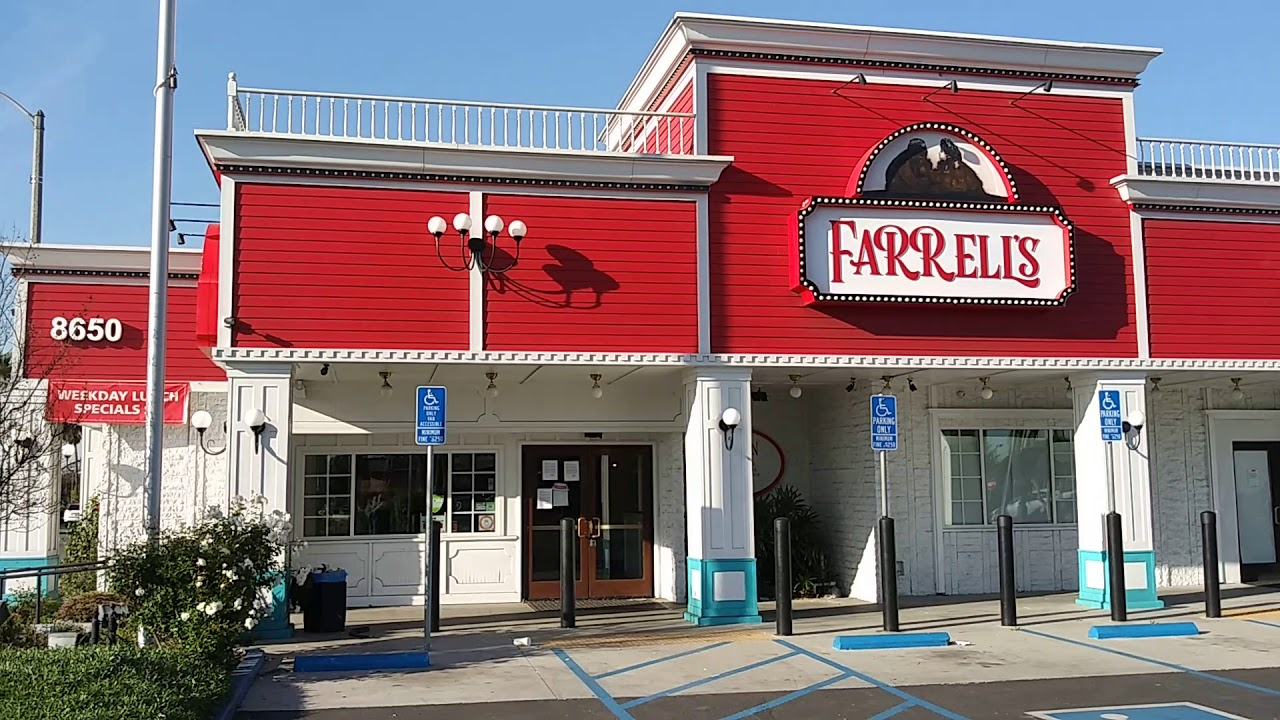
Imagine walking into Farrell’s in the 1960s, greeted by the sound of old-timey music and the sight of waitstaff in period costumes, making every visit feel like a step back into a more whimsical time. This place was more than an ice cream parlor; it was a portal to joy, where the biggest sundaes you’d ever seen were served with sparklers and fanfare, making every kid’s birthday wish come true. Farrell’s was a cornerstone of childhood for many, a place where the menu was as much a spectacle as the decor, with names that sparked the imagination and flavors that delighted the senses.
It was a venue where families celebrated milestones, from birthdays to good report cards, in an atmosphere of pure festivity. Changes in dining preferences and the complexities of maintaining such a themed concept led to a decline, and many locations closed. Yet, the memories of Farrell’s, with its boisterous celebrations and indulgent ice cream treats, continue to bring smiles to those who remember its charm and extravagance.
3. Showbiz Pizza
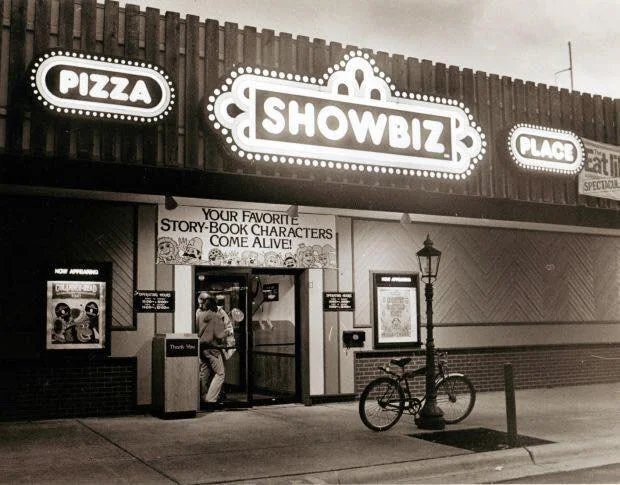
In the 1980s, Showbiz Pizza Place was a magical kingdom where pizza and entertainment collided in an extravaganza of animatronic characters and arcade games. It was a realm where the Rock-a-Fire Explosion band played, enchanting children and parents alike with their robotic precision and catchy tunes. Showbiz wasn’t just about eating; it was about experiencing the thrill of winning a game in the arcade, the delight of watching animated performances, and the joy of sharing a pizza with family and friends.
This was the place to be for birthday parties and celebrations, where kids were the stars and fun was the main course. However, as entertainment technology evolved and the novelty of animatronic bands waned, Showbiz merged with Chuck E. Cheese’s, marking the end of its unique brand but not the end of the memories made within its walls, which remain a cherished part of childhood for those who experienced it.
2. Howard Johnson’s
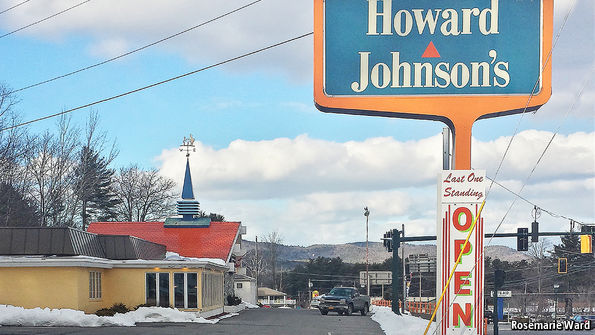
Stepping into a Howard Johnson’s was like entering an era where dining out was an event, celebrated with dishes like fried clams and an array of 28 ice cream flavors. Known for its distinctive orange-roofed buildings, Howard Johnson’s was a beacon on the highway, promising weary travelers a taste of home and a warm welcome. It was more than a restaurant and motel chain; it was a part of the American journey, synonymous with road trips and family vacations.
The atmosphere was one of comfort and nostalgia, offering a menu that catered to the tastes of America. Yet, as the fast food revolution took hold and travel habits changed, Howard Johnson’s faced a decline, with most locations closing by the 2000s. The legacy of Howard Johnson’s, however, with its iconic architecture and role in American dining and travel history, continues to evoke fond memories for those who once stopped by its welcoming doors.
1. Winky’s
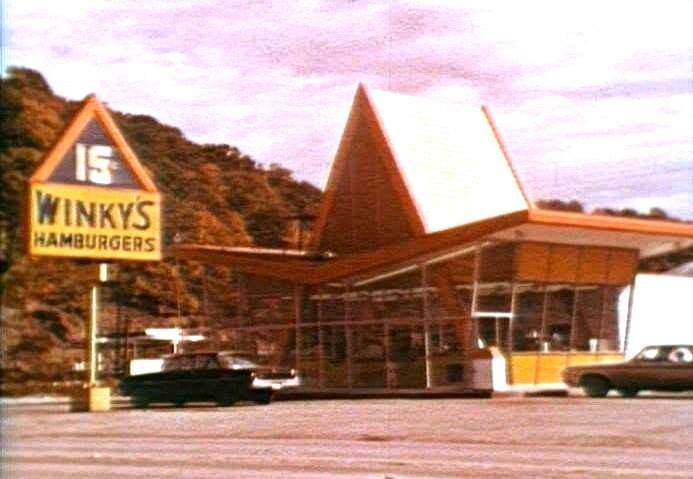
Winky’s was a regional fast food chain founded in the early 1960s in Pittsburgh, Pennsylvania, quickly becoming a local favorite celebrated for its hamburgers and the iconic Big Wink sandwich. It epitomized the fast food era of its time, offering quick, satisfying meals that catered to the busy lives of American families. The smiling hamburger mascot wasn’t just a symbol; it was an invitation to a place where food was fast, delicious, and served with a sight of joy.
Winky’s was a community staple where after-school snacks and weekend treats were traditions, and where every meal was served with a dash of hometown pride. Despite its strong regional presence and the loyalty of its customers, Winky’s could not withstand the pressure from larger international chains. By the mid-1980s, economic challenges and changing consumer preferences led to the closure of Winky’s locations, leaving behind a legacy of good food and fond memories for those who grew up with its presence.






